Wat Kam Ko ‘See all Shan architectures.’

Temples in Mae Hong Son aren’t really decorated with Thai art, as the province is located on the north side and have always gained many different cultures from different groups of people. One of these people is Shan people. There are many architectures of Shan styles, including temples, in Mae Hong Son. This style is strange but absolutely glorious and beautiful.
If you have no idea what Shan architectures look like, then you better visit wat Kam Ko right away.


Wat Kam Ko was built in the year 1890 by Kru Ba Tao, the first abbot and a Shan man who evacuated from Chiang Tong. The whole idea started when he found an empty lot in the middle of forest. The lot was roughly a half size of a football field, so large that deforesting wasn’t necessary at all. Therefore, Kru Ba Tao gathered villagers to see if everything was ready. Then the temple started to be established, with villagers’ help of both construction and material providing.

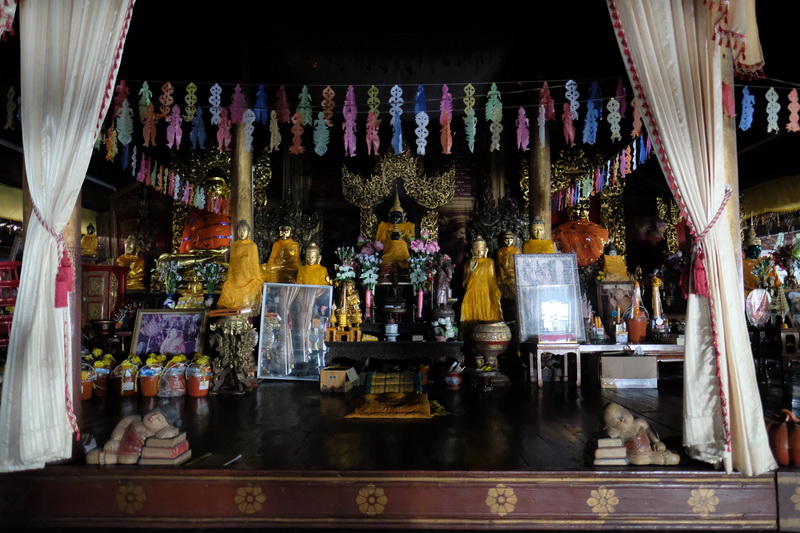
The origin of the Kam Ko temple is quite impressive. Nowadays, it is a Shan-styled temple. The most outstanding architecture is ‘the gate to the sermon hall’, also known as ‘Sang Sawang’. Most people in the past, when they want to get into the temple, they would leave their slippers at the gate, as they believed that wearing slippers or shoes inside the temple is a great disrespect. Beside, shoes and slippers could have some dirt on and that would make the temple dirty. People assumed that dirt on shoes and slippered has nothing different from bringing bad luck into the temple.

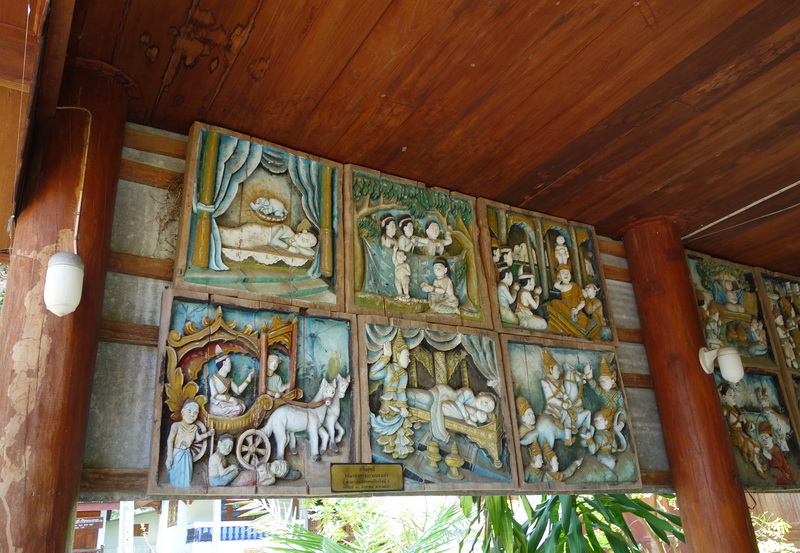

Beside of the gate, here are some other important architectures of the temple.
- The vihara : This Shan-Burmese vihara is mostly used for some rituals of monks.
- The dhamma-practicing pavilion : If you’re interested in dhamma practicing, you may find a way to contact to temple. This pavilion can contain about 100 people.
- Suvarnabhumi Pavilion : This one is used for many purposes, including corpse storage and praying.
- Luang Pu To Pavilion : A realistic statue of Luang Pu To and King Chulalongkorn, the 5th king of Thailand, is located at this place.
- The priciple Lord Buddha statue : Don’t forget to pay your respect before you leave, for your own good fortune.
Feel free to visit the temple everyday and anytime, from 8:00-16:30.
How to get there
Wat Kam Ko is located in Muang County of Mae Hong Son. To get there, it will be best if you follow the Highway No.108. Do nothing except for keeping going up to the mountain for about 15 kilometres. After you pass Mae Hong Son Stadium and Phaya Singhanatracha Memorial, you will see the temple soon.
Nearby Places
Standing on top of Doi Kong Mu hill and visible from most places in Mae Hong Son town is the Wat Phra That Doi Kong Mu, a Burmese style temple founded in 1860. The temple comprises of several structures including two chedis and two viharns. The atmosphere atop the hill is one of tranquility and serenity.
At the foot of Doi Kong Mu mountain where the Wat Phra That Doi Kong Mu is located and just after Wat Muay Tor, Wat Phra Non, literally Temple of the Reclining Buddha, housesto a colorful 12 meters long statue from 1875 in a hall with a Burmese style multilevel metal roof. But for us, the most interesting in this temple is behind this building. There you will find a long collapsed stone staircase guarded by two Singha lion statues. And at its left, there is a lovely sitting Buddha, and other buildings with Burmese style roofs and Buddha statues.



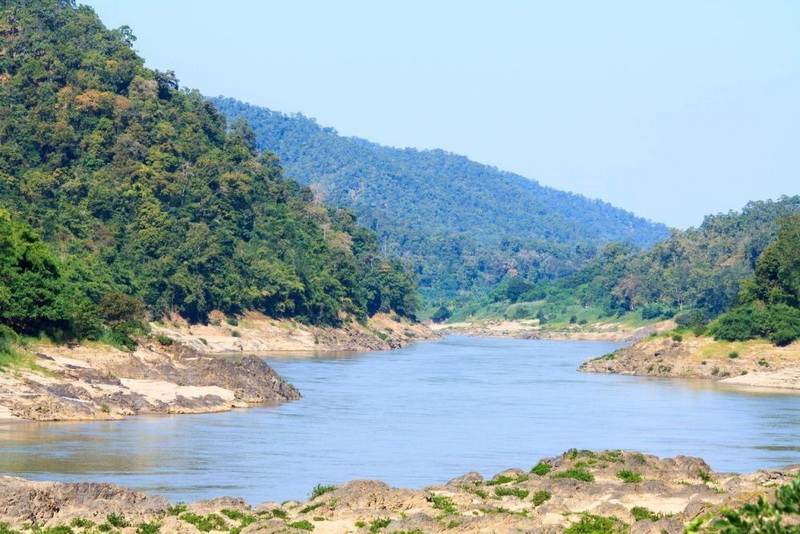
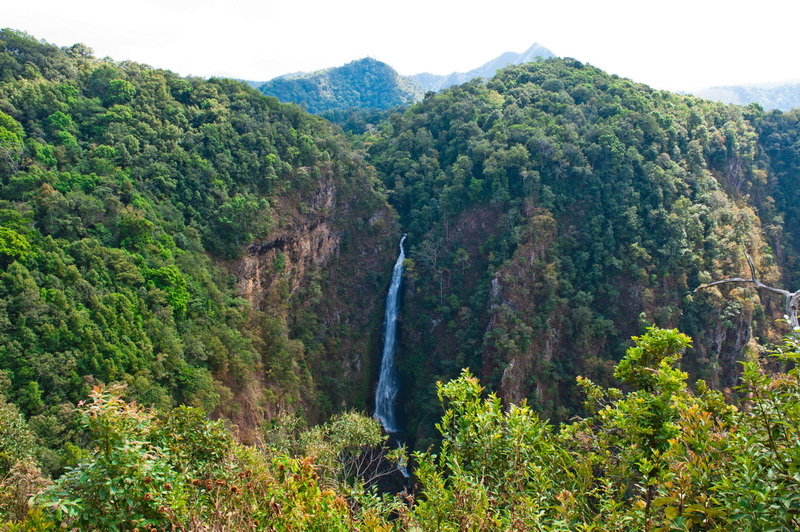
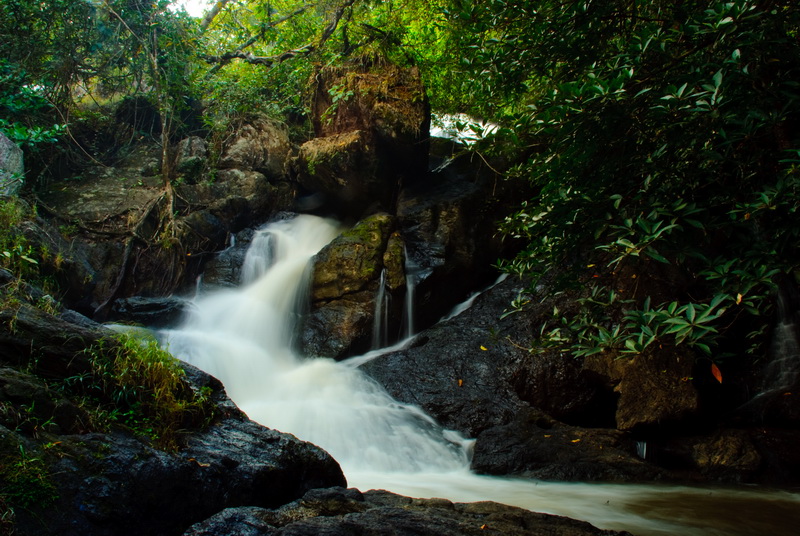
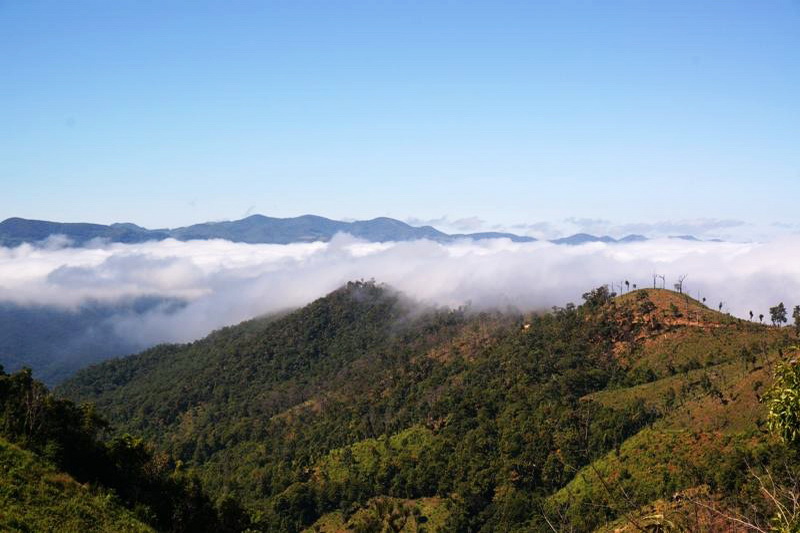
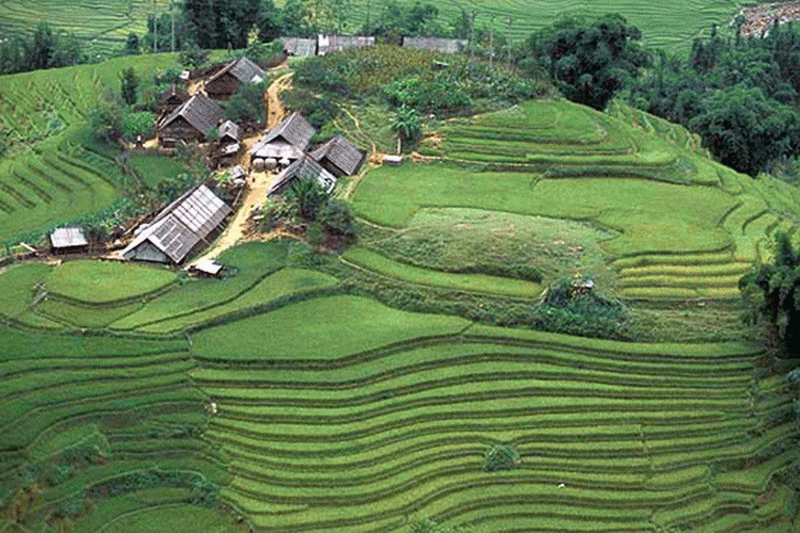
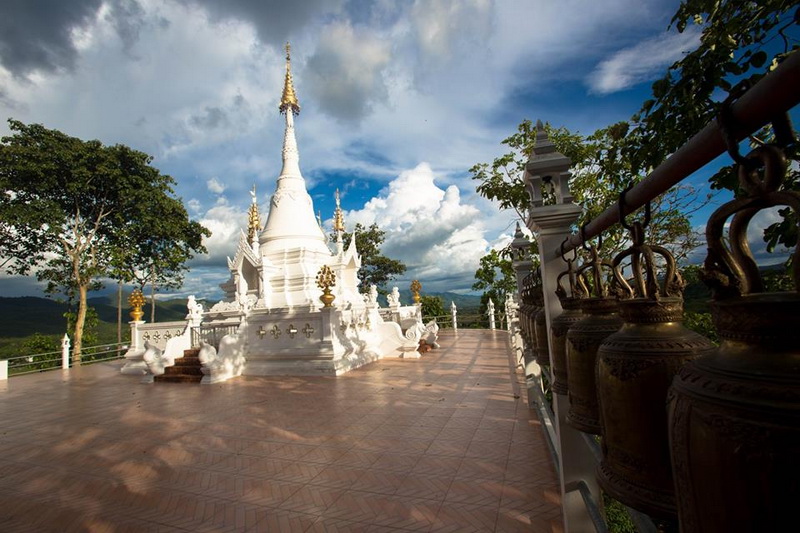
Leave A Comment